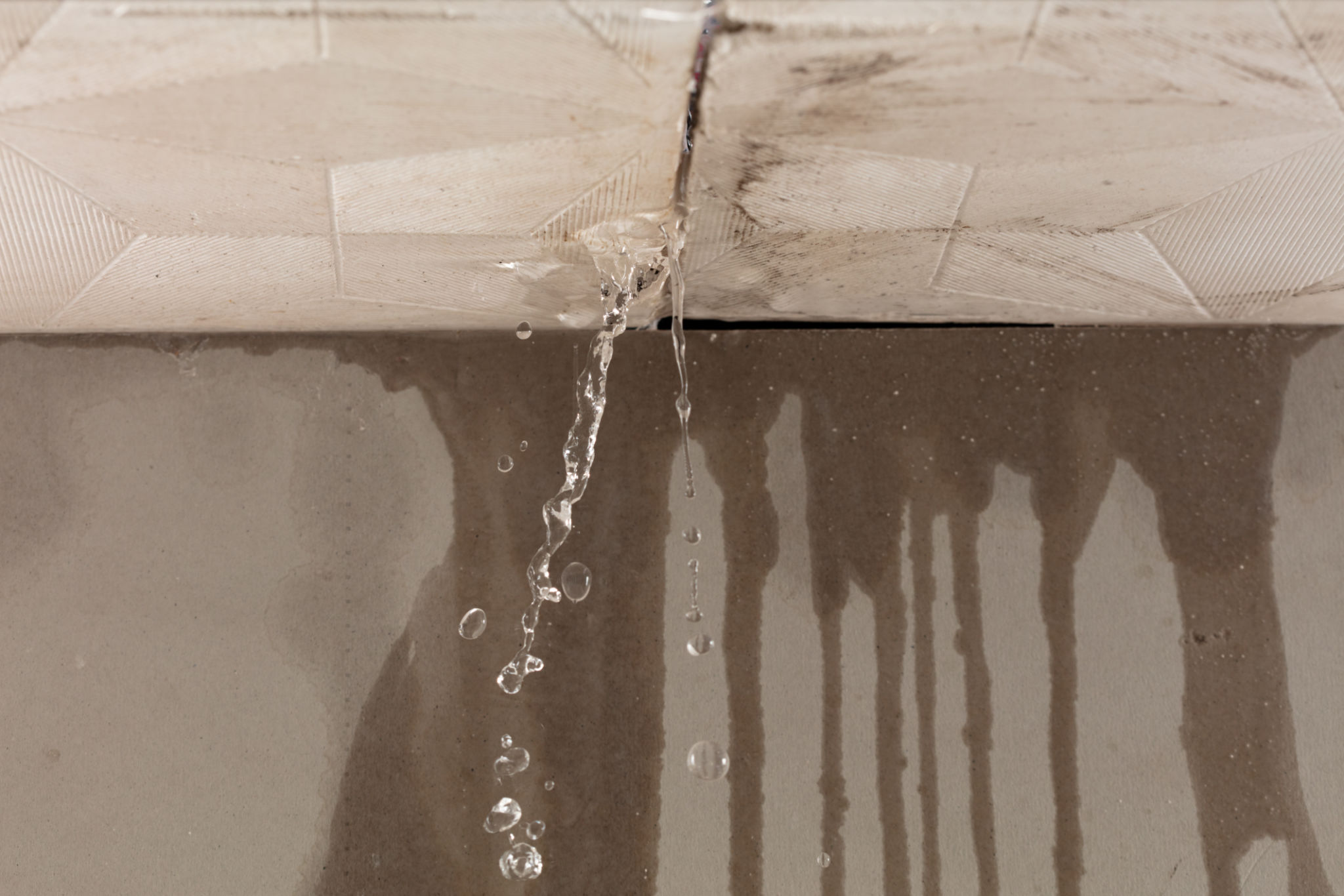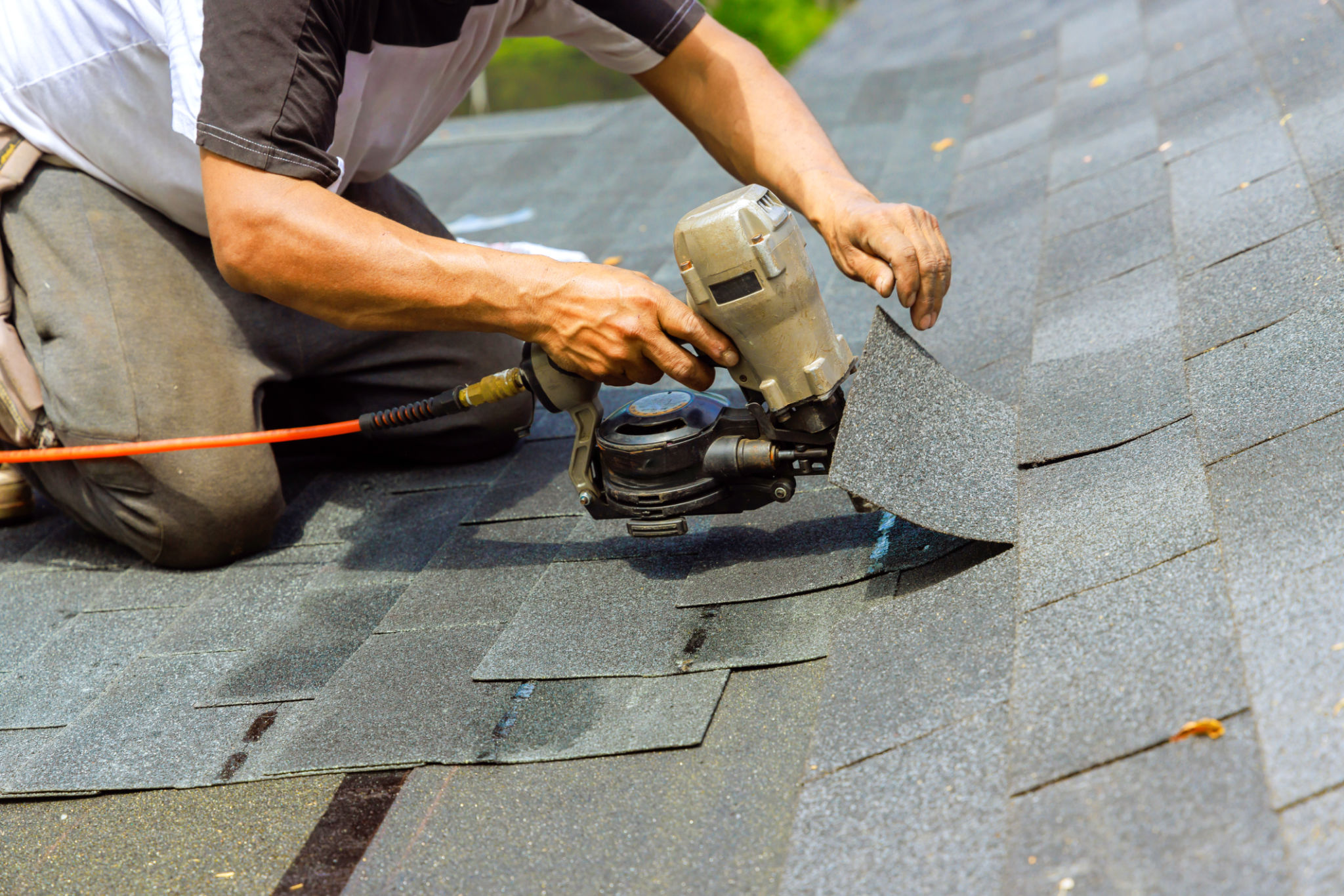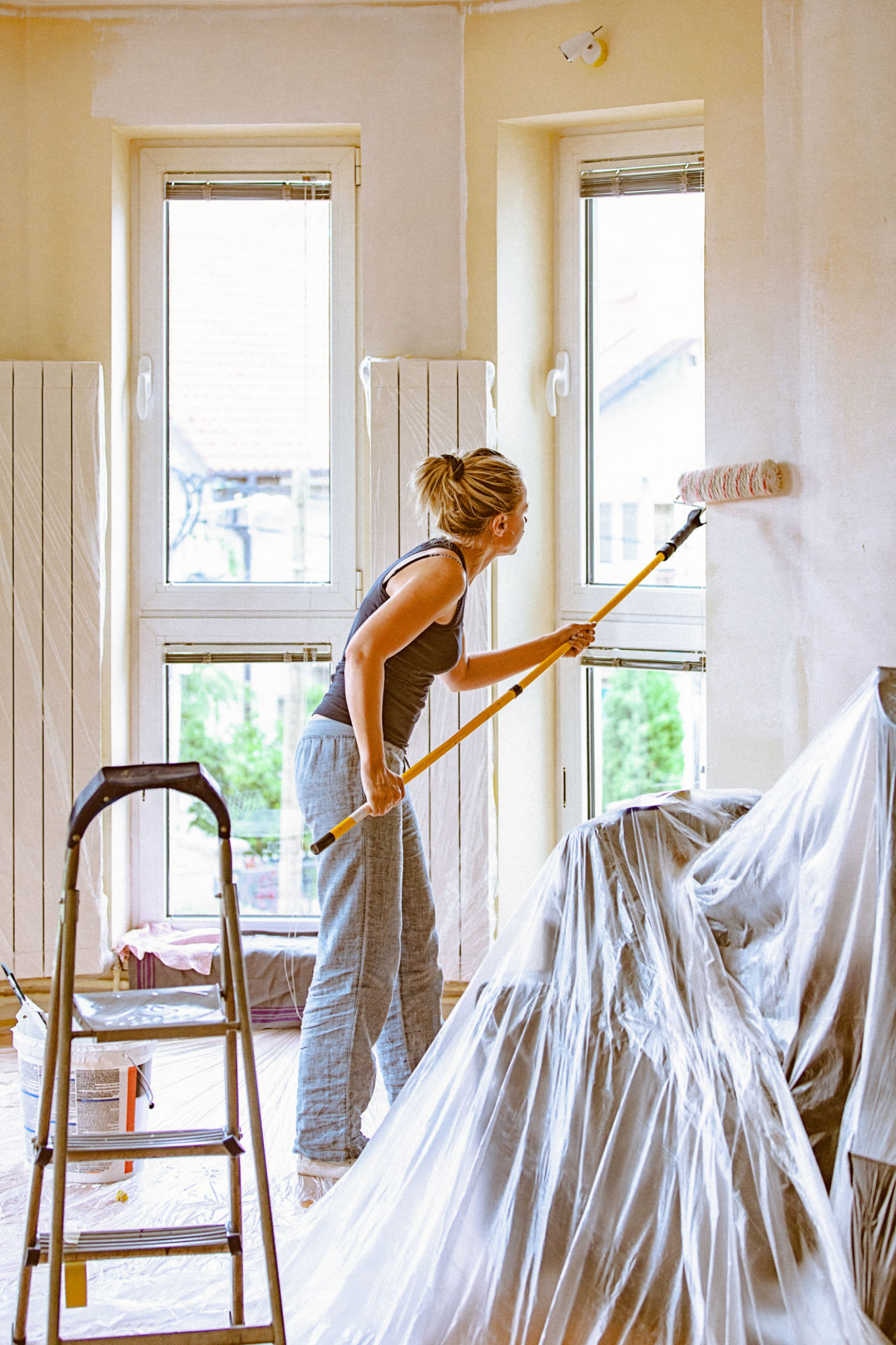How to Identify and Fix Roof Leaks: A Homeowner’s Guide
Understanding the Causes of Roof Leaks
Roof leaks can be a homeowner's nightmare, often leading to costly repairs and damage if not addressed promptly. Identifying the cause of a leak is the first step in fixing the problem. Common causes include damaged shingles, cracked flashing, clogged gutters, and poor installation. Understanding these factors can help you pinpoint the source of the leak.
Weather conditions can also play a significant role in roof leaks. Heavy rain, snow, and wind can deteriorate roofing materials over time. Regular inspections and maintenance are essential to prevent leaks caused by weather-related wear and tear.

Signs of a Leaking Roof
Detecting a roof leak early can save you from extensive damage and repair costs. Some common signs of a leaking roof include water stains on ceilings or walls, mold or mildew growth, and a musty smell in your home. You may also notice peeling paint or wallpaper, which can indicate moisture intrusion.
Another sign to watch for is missing or damaged shingles visible from the ground. Regularly inspecting your attic for signs of moisture can also help identify leaks before they become severe.

How to Locate the Source of the Leak
Finding the exact source of a roof leak can be challenging. Start by examining your attic during daylight hours, as sunlight filtering through gaps can reveal potential leak sites. Use a flashlight to inspect for water stains, mold, or damp insulation.
If the attic inspection doesn’t reveal the source, check your roof from the outside. Look for damaged shingles, loose flashing around chimneys or vents, and clogged gutters. Safety is paramount, so consider hiring a professional if accessing your roof is risky.

Steps to Fixing a Roof Leak
Once you've identified the leak's source, it's time to fix it. Here’s a step-by-step guide:
- Replace Damaged Shingles: Carefully remove the damaged shingle and replace it with a new one.
- Seal Cracks and Gaps: Use roofing cement to seal cracks in flashing or around vent pipes.
- Clear Gutters: Remove debris from gutters to ensure proper drainage and prevent future leaks.
- Repair Flashing: If flashing is cracked or loose, reseal it with roofing cement or replace it entirely if necessary.
When to Call a Professional
While some roof repairs can be done by handy homeowners, there are situations where professional help is essential. If the leak is extensive or you’re unable to identify its source, hiring a roofing contractor is advisable. Professionals have the tools and expertise to address complex roofing issues safely and effectively.
Additionally, if your roof is nearing the end of its lifespan, it might be more cost-effective to consider a full replacement rather than temporary fixes.

Preventing Future Roof Leaks
Prevention is always better than cure. Regular roof maintenance can prevent leaks from occurring in the first place. Conduct bi-annual inspections, especially after severe weather events, and address minor repairs promptly.
- Trim overhanging branches to prevent damage from fallen limbs.
- Ensure proper attic insulation and ventilation to reduce moisture buildup.
- Schedule professional roof inspections every few years for comprehensive assessments.
By staying vigilant and proactive, you can extend your roof's lifespan and protect your home from water damage.
